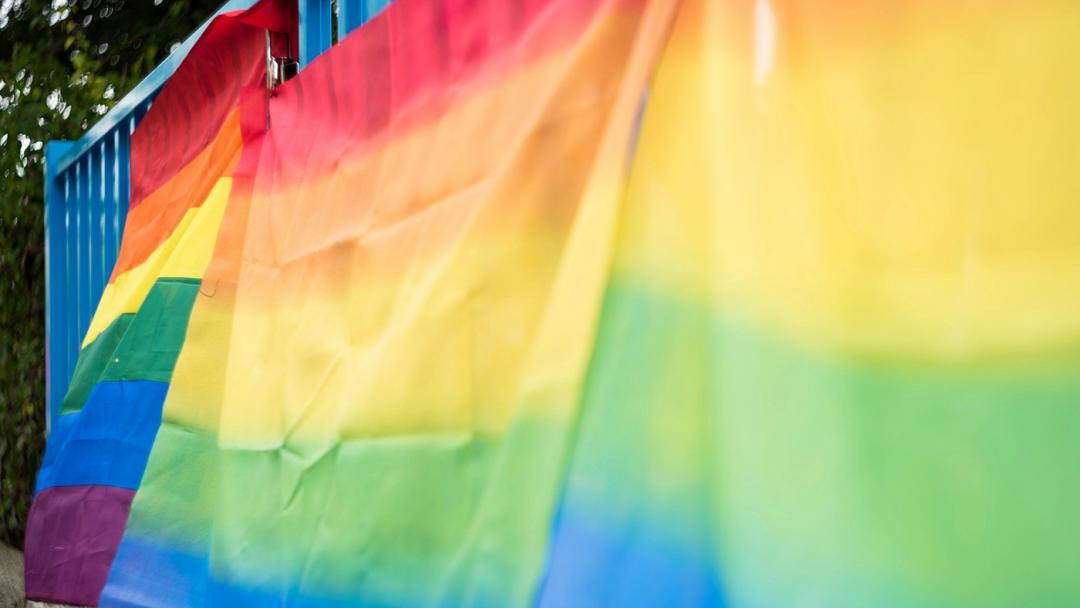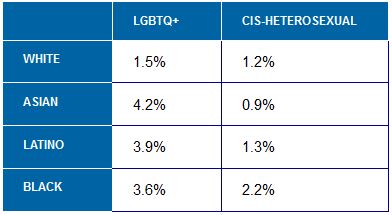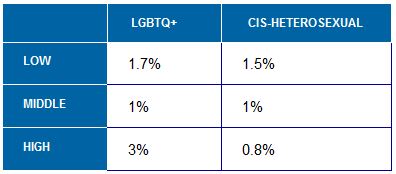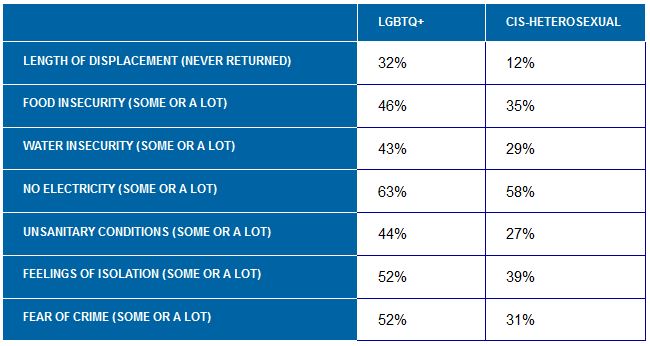
LGBTQ+ individuals face worse displacement conditions than other population groups
By Jessica Geiger, Michael Méndez and Leo Goldsmith
Full policy brief is downloadable
As climate change progresses, the U.S. is expected to experience increases in both frequency and intensity of disasters. In 2023 alone, a record-breaking 24 disasters costing over a billion dollars in damages have occurred (NOAA, 2023). The costs, however, are often borne by those in marginalized and stigmatized communities. This is especially true for the 16 million Lesbian, Gay, Bisexual, Transgender, and Queer and Questioning individuals and those who have intersecting identities such as race, gender, and class that amplify their risk of harm and displacement.
Displacement “refers to situations where people are forced to leave their homes or places of habitual residence as a result of a disaster or in order to avoid the impact of an immediate and foreseeable natural hazard’’ (The Nansen Initiative, 2015, p. 16). Disaster preparedness and response entities need to better understand and address the systemic and contextual factors that contribute to disparate rates of displacement of LGBTQ+ individuals. This in addition to assessing how their displacement experiences differ from those in the cisgender, heterosexual population. Although, federal agencies under the Biden Administration have demonstrated a commitment to equity, goals have yet to be fully realized or implemented. In our analysis of 2022-2023 data from the U.S. Census Household Pulse Survey, we find evidence that supports qualitative research that suggests LGBTQ+ communities are disproportionately impacted by disaster displacement and have more negative disaster experiences compared to cisgender, heterosexual individuals. Our results suggest that state-level LGBTQ+ displacement is generally larger in states that have a higher number of anti-LGBTQ+ policies.
Key Findings
National LGBTQ+ disaster displacement is nearly 2x higher than cisgender, heterosexual displacement.
LGBTQ+ individuals face worse displacement conditions compared to cisgender, heterosexual individuals. Highest among LGBTQ+ people of color.
Although, there is a lot of state-level variation, LGBTQ+ displacement is higher than cisgender, heterosexual displacement in most states.
LGBTQ+ displacement is potentially related to overall state-level positions on LGBTQ+ civil rights. Meaning, states with more anti-LGBTQ+ policies also generally have higher LGBTQ+ displacement during disasters.
Disaster Displacement and Intersectionality
Displacement is higher for LGBTQ+ compared to cisgender, heterosexual individuals across racial and ethnic groups. White cisgender, heterosexual individuals have the lowest displacement rates and highest among LGBTQ+ individuals of color, especially Black LGBTQ+ individuals.
Additionally, LGBTQ+ individuals in both low- and high-income groups experienced higher proportions of displacement, than cisgender, heterosexual counterparts. This is likely due to large groups of LGBTQ+ individuals residing in coastal cities where wealth inequality is often highest.
Table 1: Proportions of displacement by race and ethnicity

Table 2: Proportions of displacement by income

Disaster Displacement Experiences
Respondents who indicated they had been displaced as a result of a disaster were asked to elaborate on their experiences during the first month of displacement.
Table 3: Disparate displacement experiences between LGBTQ and cisgender-straight populations

Note: Responses were recoded 0 to 1 where 1 indicates respondent answered some or a lot for each item. Estimates were created using weighted means.